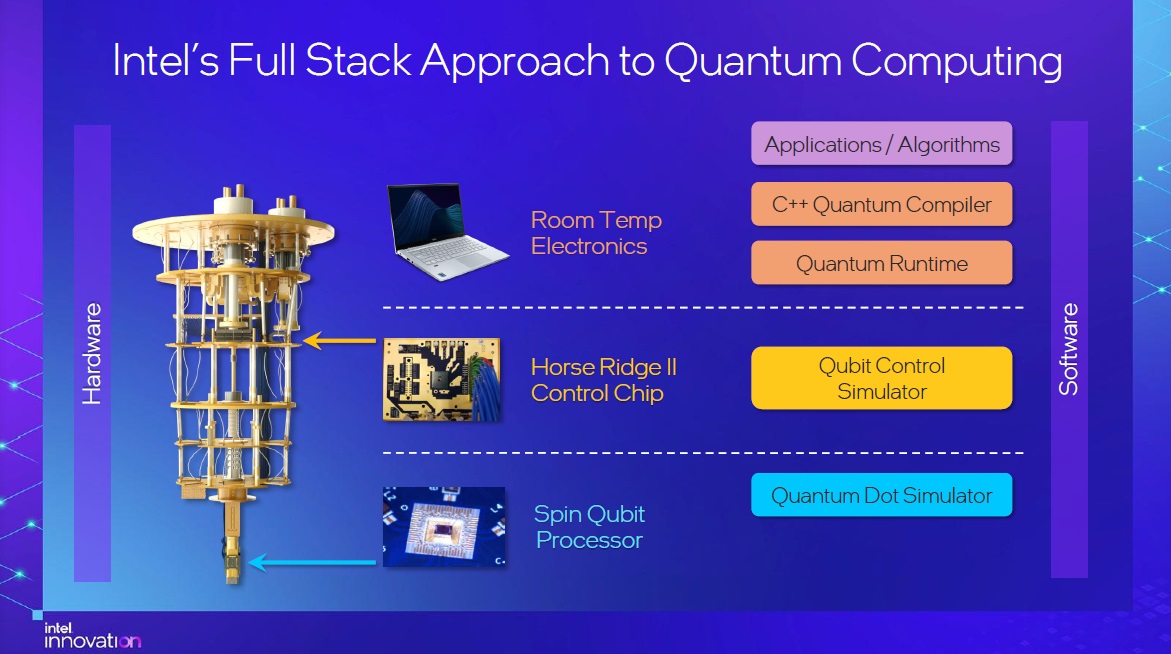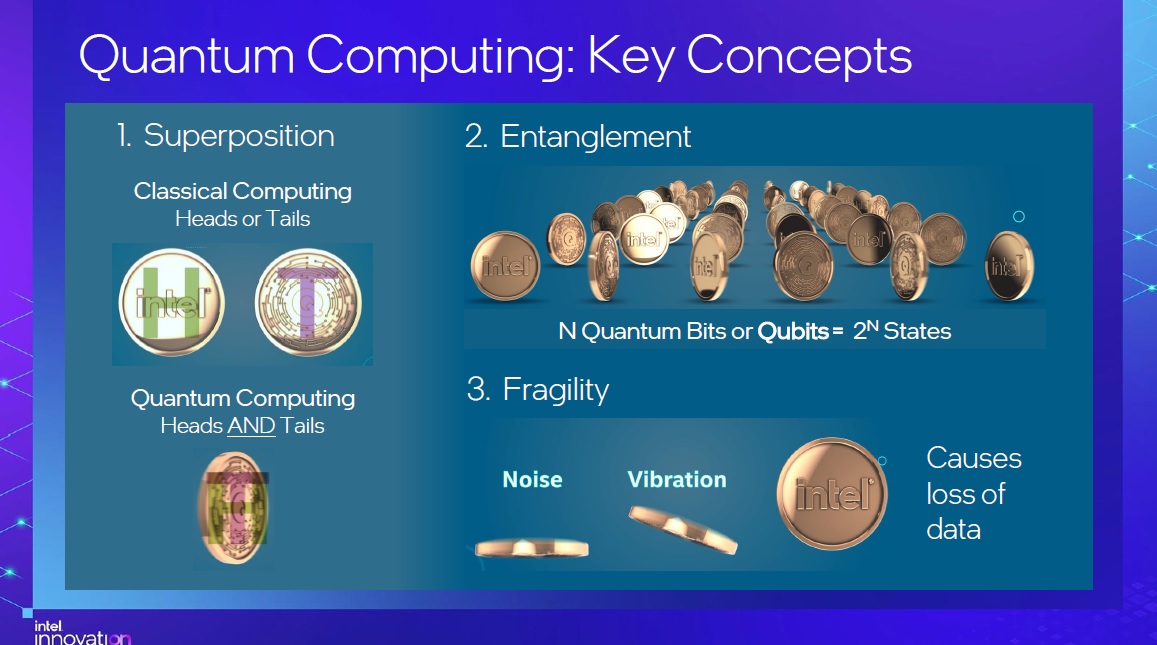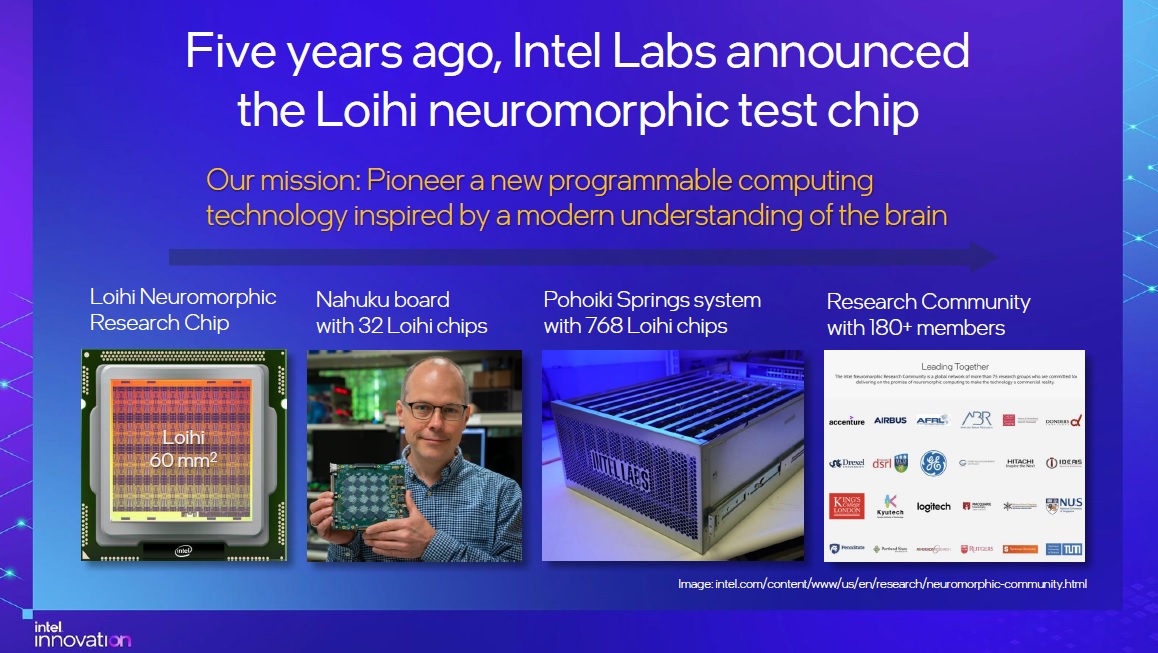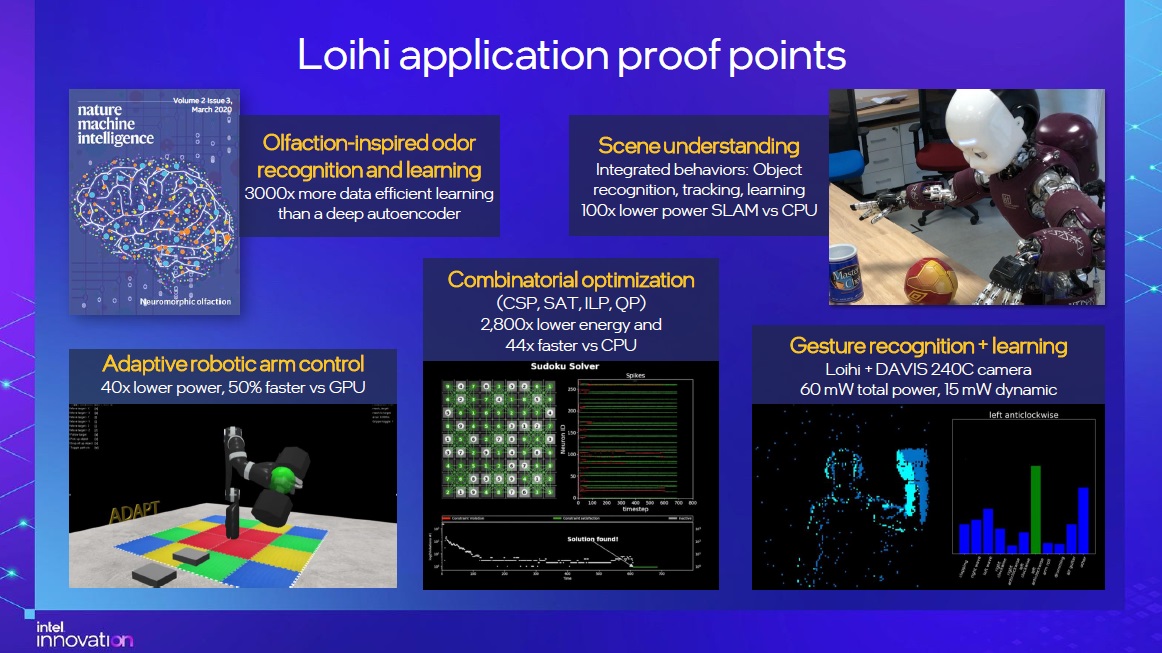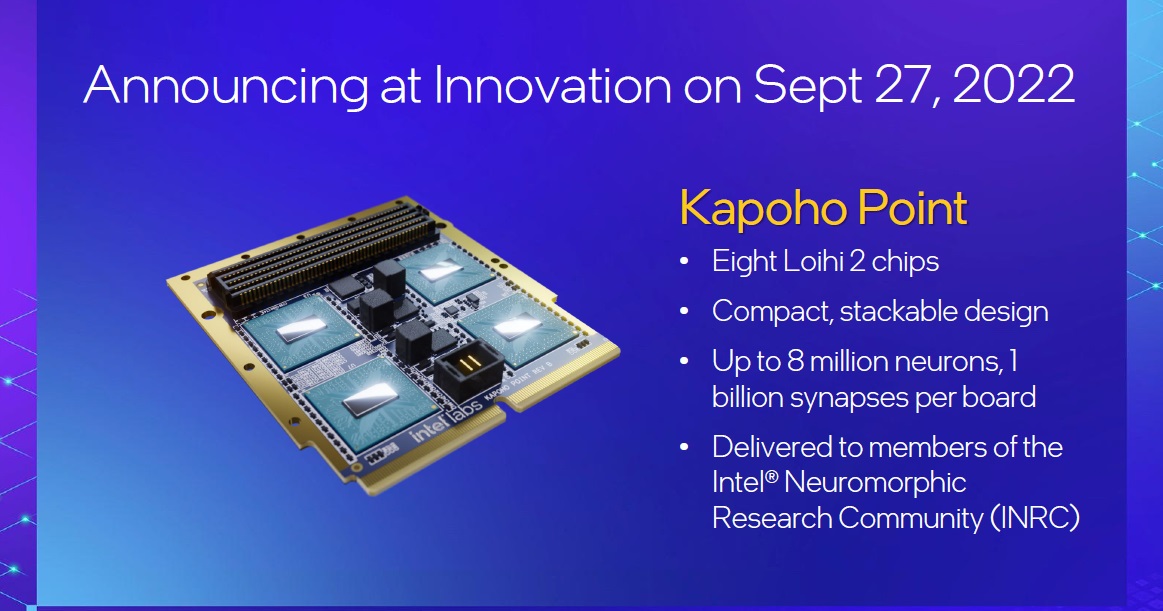
If we talk about quantum computing and neuromorphic computing, it is clear that Intel is, today, one of the most important players within both sectors. The chip giant has been betting on both types of computing for years, both at the hardware and software levels, and its Intel Labs division has been doing such a good job that it has allowed it to become a benchmark.
A few days ago I had the opportunity to attend an interesting event on the Intel Innovation stage, where the Santa Clara giant presented some of its most relevant advances in the quantum and neuromorphic computing sectors. The presentation was quite dense, something positive since it left us lots of details and valuable informationbut in this article I want to share with you a simplified summary with the fundamental keys to make it affordable for all our readers.
Within the quantum computing sector, the most important thing was the announcement of the “Intel Quantum Software Development Kit”, that is, the first development kit of the chip giant focused on quantum computing. It is a very big thing, and it represents a giant step towards democratization of quantum computingas many of our readers may have imagined.
The “Intel Quantum Software Development Kit” responds to the classical principles of quantum computing, such as superposition, quantum entanglement and qubit brittleness. This fragility continues to be one of the great challenges within this sector, and it is that things as simple as noise or vibration can cause large data losses.
This development kit takes a comprehensive approach that covers all key fronts, including from applications and algorithms to quantum compiler, runtime, qubit control simulator and quantum dot simulator. All this means that it offers a world of possibilities, and that we are facing a true development kit with a deep degree of optimization and specialization.
The beta of this development kit is now available, and version 1.0 will arrive in the first quarter of 2023. The latter will offer intel quantum hardware simulation as an alternative backend. Among the most important applications of this kit cited by Intel, we can highlight fluid dynamics, linear systems of equations and material design.
We now jump to talk about neuromorphic computing, another sector in which Intel Labs has been demonstrating its good work for some time. It seems incredible, but five years have passed since the presentation of Intel Loihi, a neuromorphic chip that offered an important jump with a surface of only 60 m2. It was a revolution in the sector, and thanks to its high scalability it marked a turning point that made neuromorphic computing stop being the future to start becoming the present.
The use of Intel Loihi has allowed great milestones in the sector, and some of them are perfectly represented in the attached image. This chip has made it possible to create an olfactory recognition and learning system that is 3000 times more efficient Working with deep learning data, it has also served to shape an adaptive control system for a robotic arm that is 40 times more efficient and 50% faster (compared to a GPU), and has been key to creating a system of gesture recognition and learning, configured with Intel Loihi and the DAVIS 240C camera, which has a consumption of only 60 mW.
Neuromorphic computing has a long way to go, and a lot of potential, but as we have seen, Intel Labs has already begun to demonstrate it, and has made it a safe value for the present and future. Loihi 2, and the Lava framework, are the confirmation of this reality, and during the Intel Innovation the chip giant has taken the opportunity to announce Kapoho Point, a highly scalable system made up of 8 Loihi 2 chips that includes programmable neurons and improves the efficiency and learning rate by 15 and 12 times, respectively.
